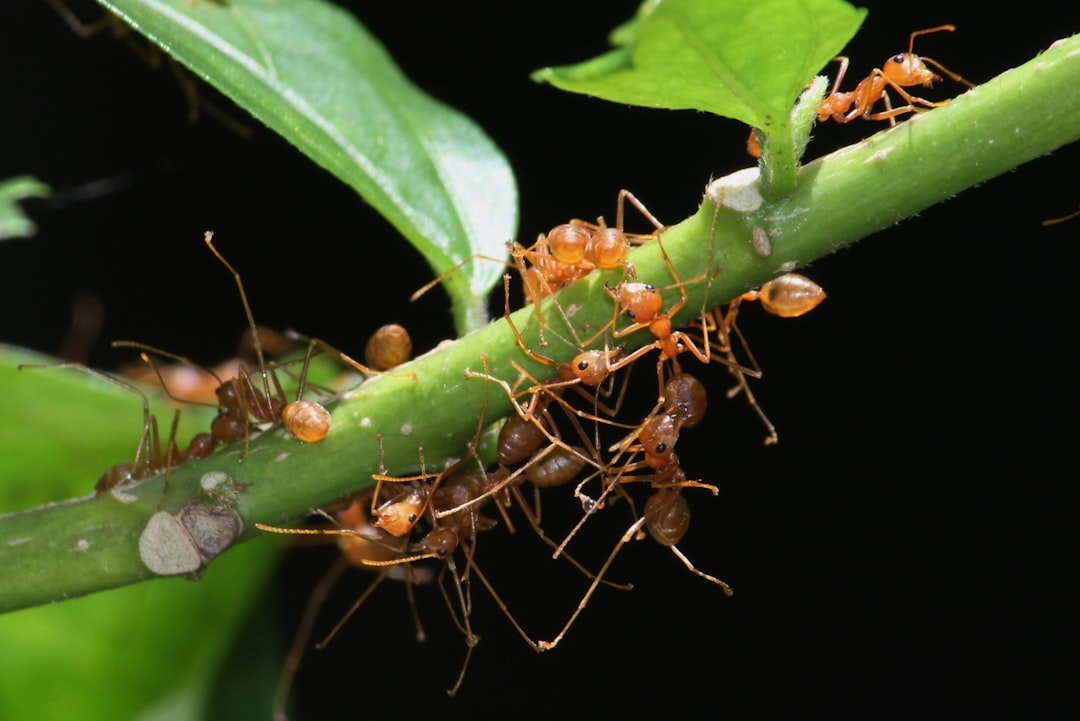The Secret to Making Tulip Bulbs Rebloom Next Spring

Tulips are one of the most beloved flowers in the gardening world. Their vibrant colors and elegant shapes can add a touch of beauty to any garden. However, many gardeners are unsure of what to do with tulip bulbs after they have finished flowering. In this article, we will provide you with expert tips on how to care for your tulip bulbs so that they will rebloom next spring.
### Understanding the Life Cycle of Tulip Bulbs
Before we dive into the post - flowering care, it's important to understand the life cycle of tulip bulbs. Tulip bulbs are underground storage organs that contain all the nutrients and energy the plant needs to grow, flower, and reproduce. When a tulip blooms, it uses a significant amount of the energy stored in the bulb. After flowering, the plant enters a period of rest and recovery, during which it replenishes the energy in the bulb for the next growing season.
### Deadheading the Flowers
Once the tulip flowers have faded, the first step is to deadhead them. Deadheading is the process of removing the spent flowers from the plant. This prevents the plant from using energy to produce seeds. To deadhead a tulip, simply cut off the flower stem just below the base of the flower using a pair of sharp, clean pruning shears. Be careful not to damage the leaves, as they are essential for photosynthesis and energy production.
### Letting the Leaves Die Back Naturally
After deadheading, it's crucial to let the tulip leaves die back naturally. The leaves are the powerhouses of the plant, as they absorb sunlight and convert it into energy through photosynthesis. This energy is then stored in the bulb for future growth. Resist the temptation to cut or remove the leaves until they have turned yellow and withered. This usually takes about 6 - 8 weeks after flowering. During this time, continue to water the plant regularly, but reduce the frequency as the leaves start to die back.
### Fertilizing the Bulbs
Fertilizing the tulip bulbs after flowering can help them replenish the nutrients they have used during the growing season. Choose a balanced, slow - release fertilizer that is high in phosphorus and potassium. Phosphorus is important for root development and flower production, while potassium helps the plant resist diseases and stress. Apply the fertilizer according to the package instructions, usually around the base of the plant. Avoid over - fertilizing, as this can damage the bulbs.
### Digging and Storing the Bulbs (Optional)
In some cases, you may choose to dig up the tulip bulbs after the leaves have died back. This is especially useful if you live in an area with very wet or cold winters, or if you want to divide the bulbs to create more plants. To dig up the bulbs, use a garden fork or spade to carefully lift them out of the ground. Gently remove any soil from the bulbs and let them dry in a cool, dry place for a few days. Once they are dry, store the bulbs in a paper bag or mesh container in a cool, dark place with good ventilation. Make sure to label the container with the variety of tulip and the date of storage.
### Replanting the Bulbs
If you have dug up and stored the bulbs, it's time to replant them in the fall. Choose a location in your garden that receives full sun or partial shade and has well - drained soil. Plant the bulbs at a depth of about 6 - 8 inches and a distance of 4 - 6 inches apart. Water the bulbs thoroughly after planting to help them settle into the soil. With proper care, your tulip bulbs should bloom again next spring.
### Protecting the Bulbs from Pests and Diseases
Tulip bulbs can be susceptible to pests and diseases, such as aphids, slugs, and fungal infections. To protect your bulbs, keep the garden area clean and free of debris. Remove any diseased or damaged leaves or bulbs immediately. You can also use organic pest control methods, such as neem oil or diatomaceous earth, to keep pests at bay. If you notice any signs of disease, such as mold or rot, treat the bulbs with a fungicide according to the package instructions.
### Conclusion
Caring for tulip bulbs after flowering is essential for ensuring that they will rebloom next spring. By following these expert tips, including deadheading, letting the leaves die back naturally, fertilizing, and optionally digging and storing the bulbs, you can help your tulips thrive and continue to bring beauty to your garden year after year. Remember, patience and proper care are the keys to a successful tulip garden.